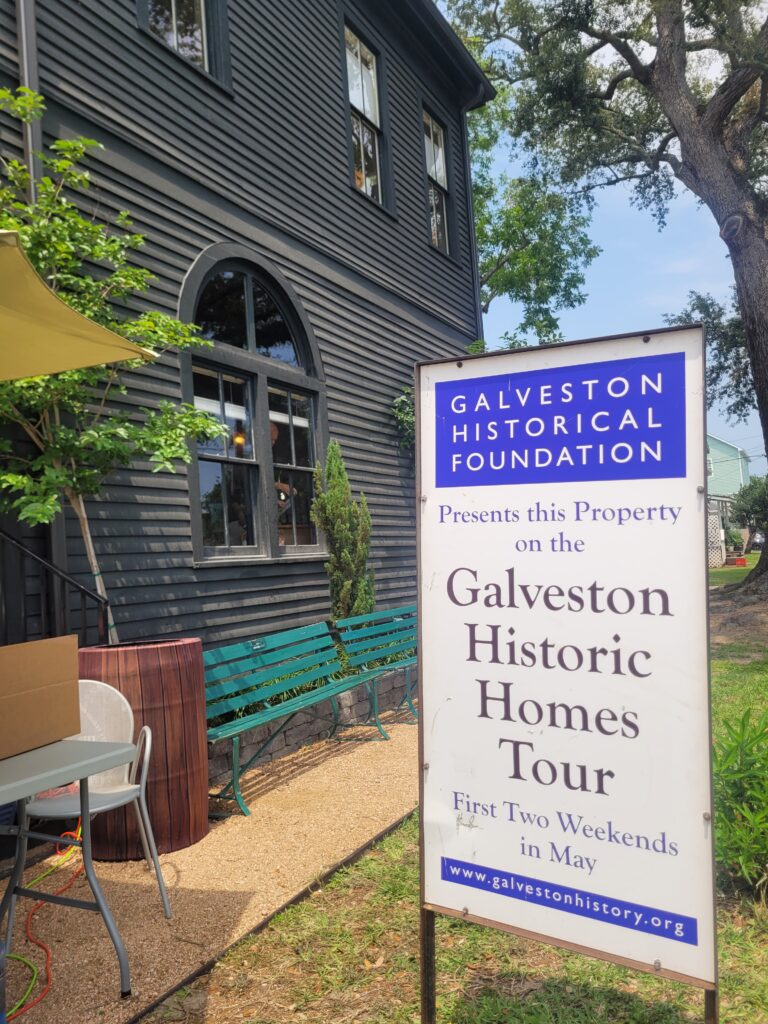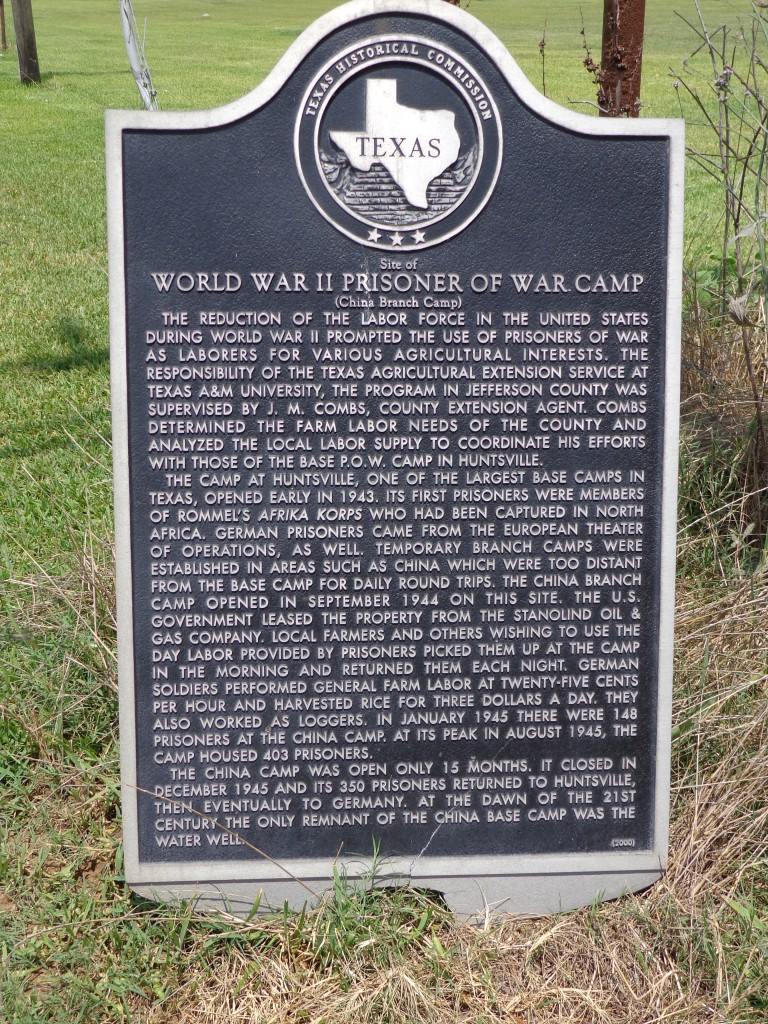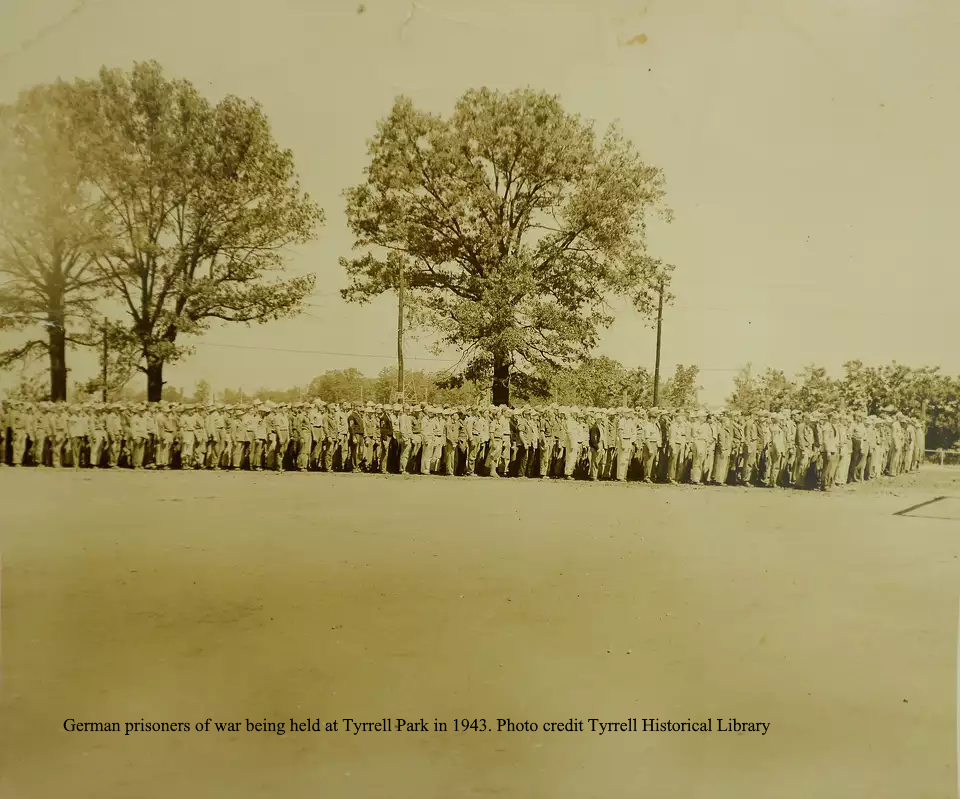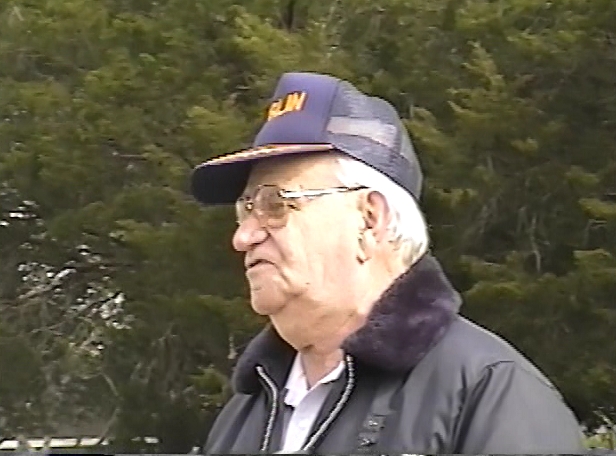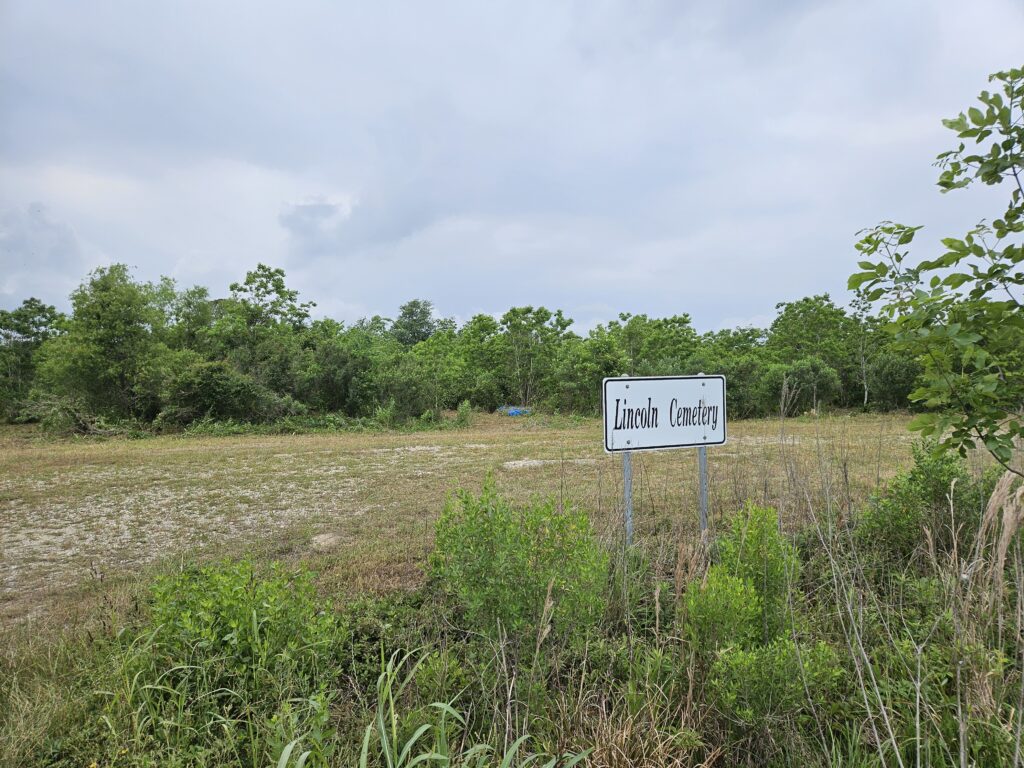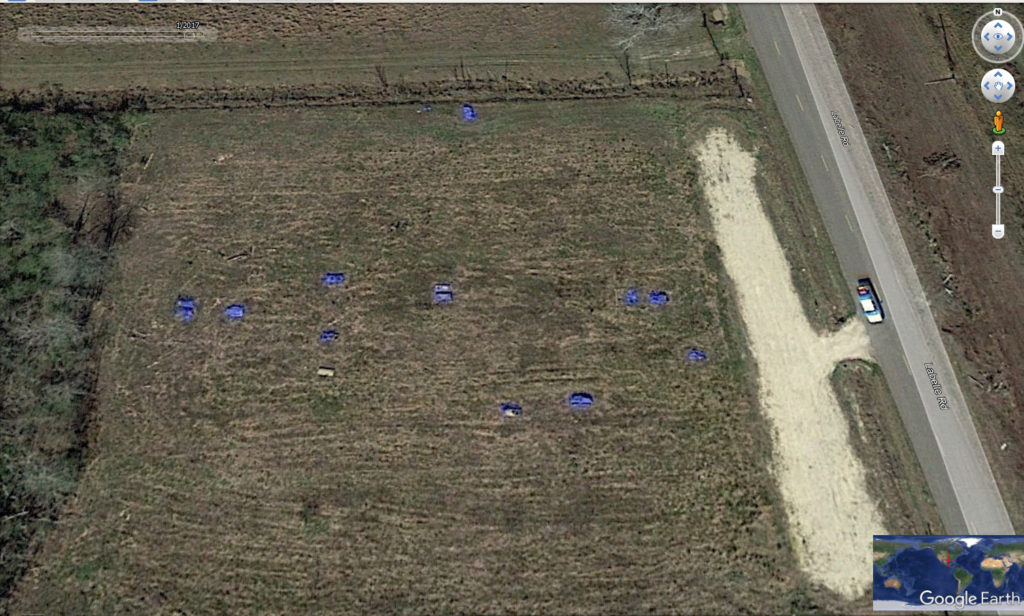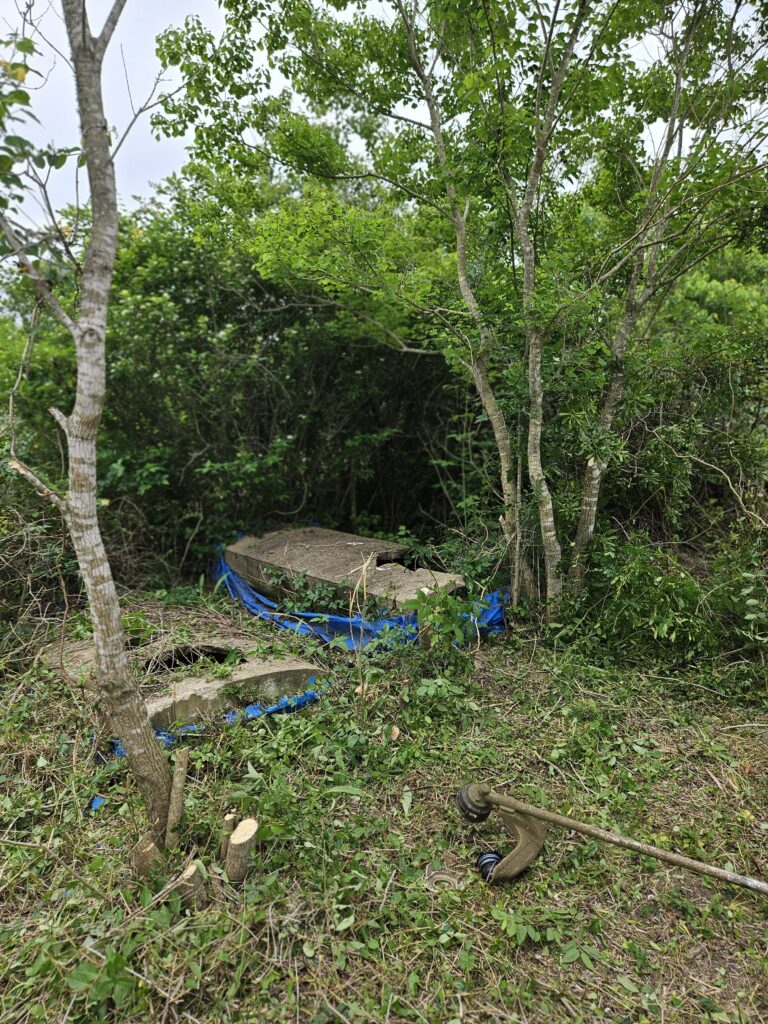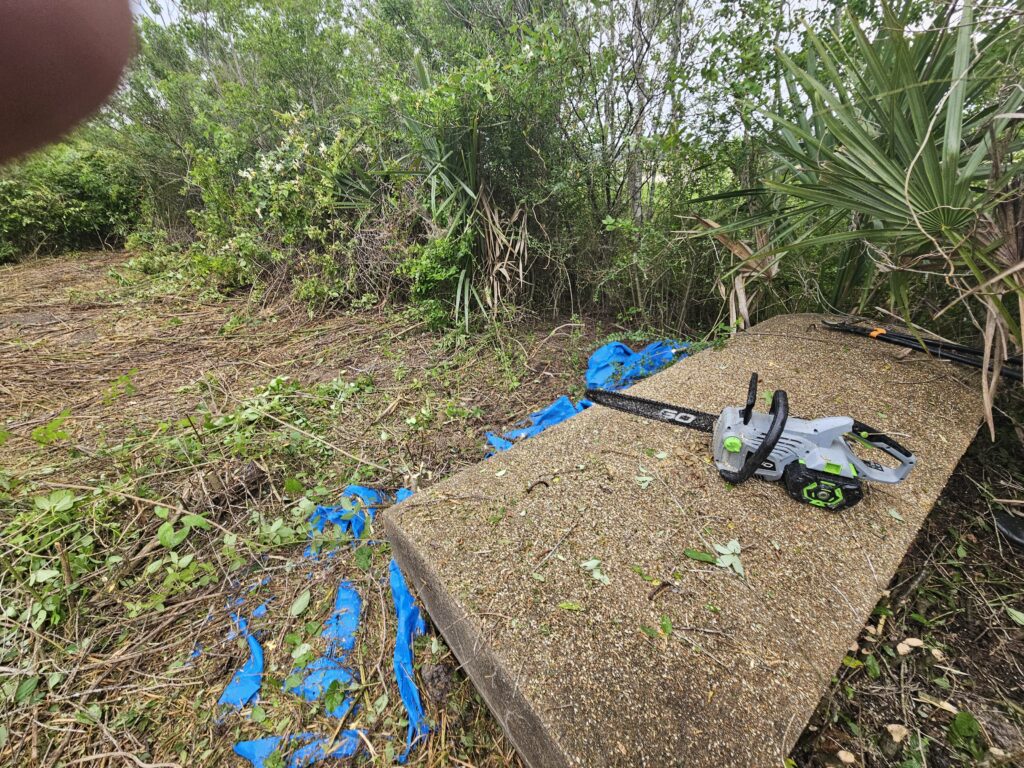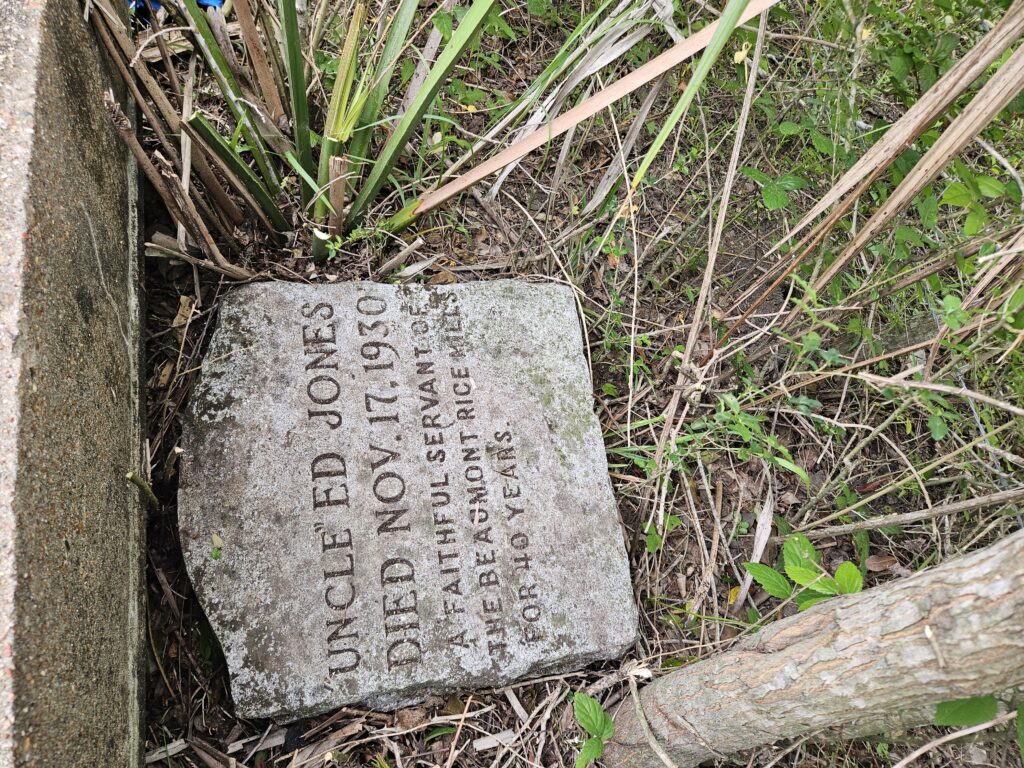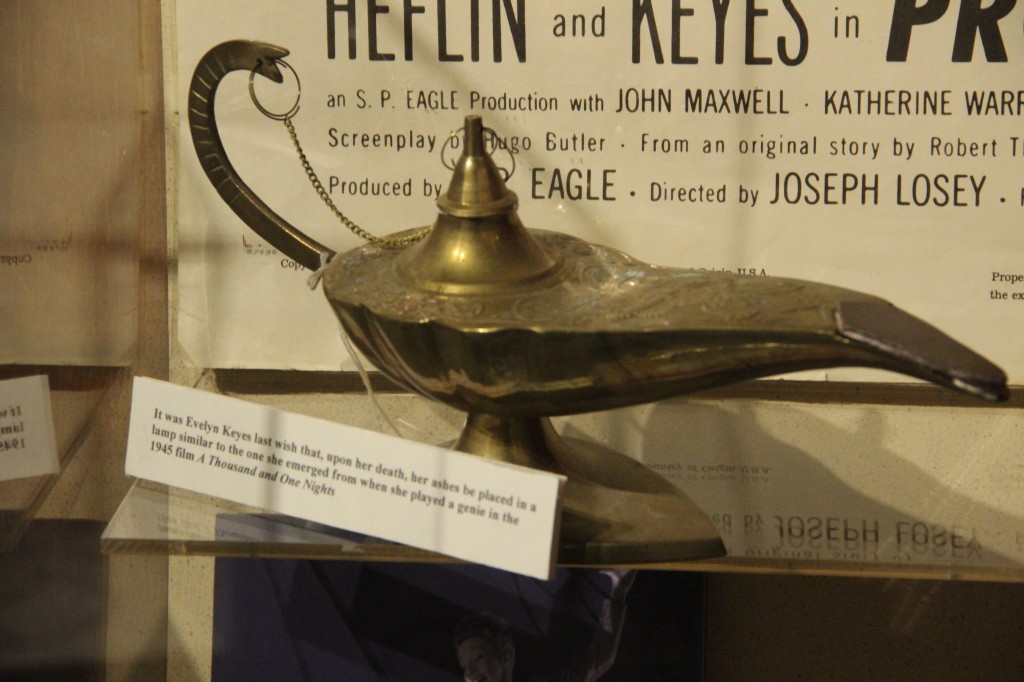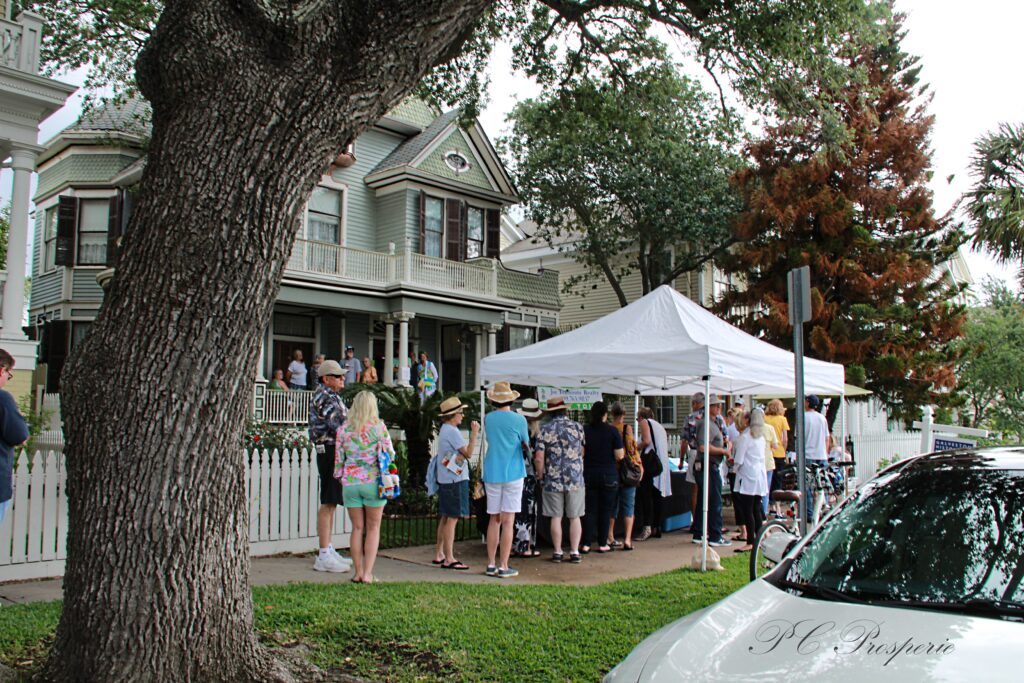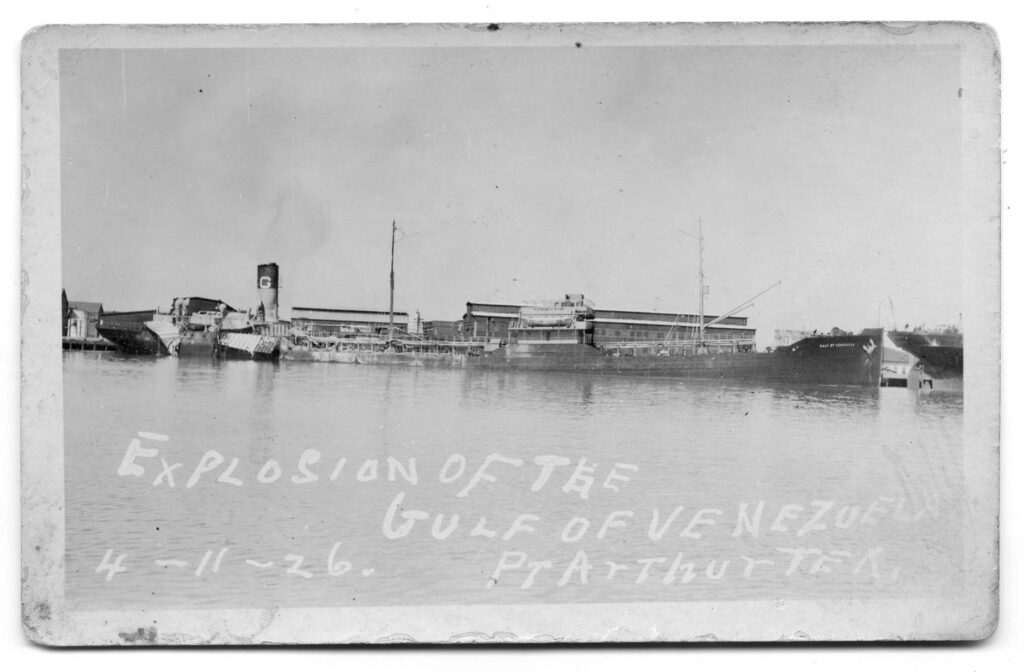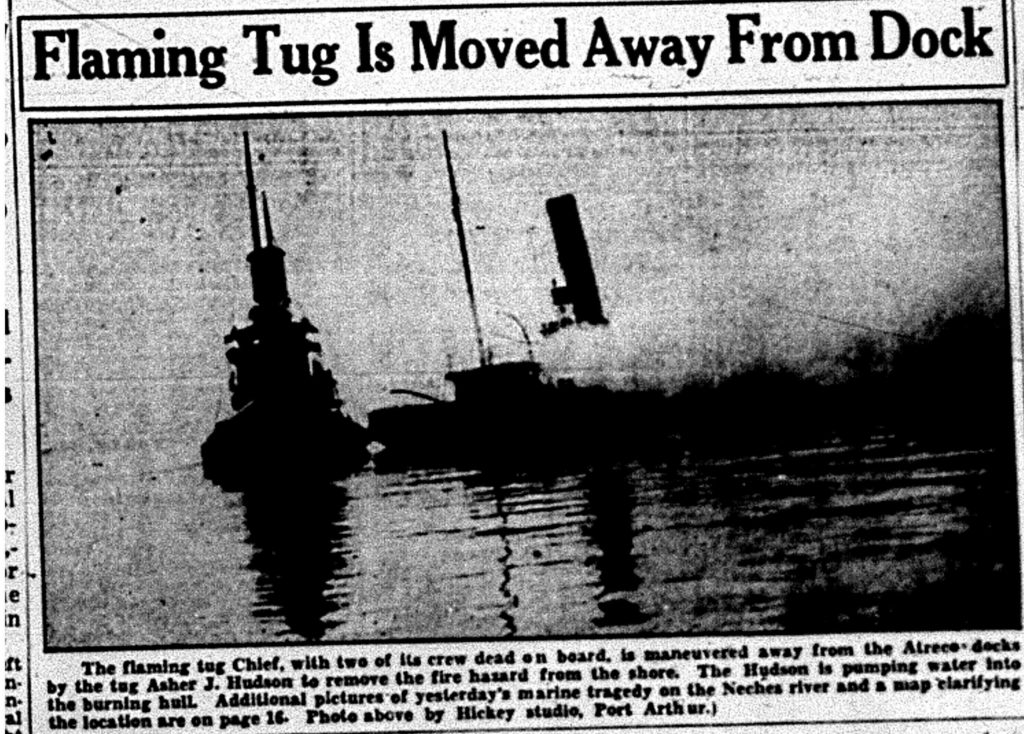It’s finally upon us. The 50th Annual Galveston Historic Homes Tours is here, and the Galveston Historical Foundation, along with its many volunteers, will be there to guide you, inform you, and hopefully educate you on these precious structures, but please note that there will be delays, long lines, and booties at some of the homes. Which ones, I have no idea, but I’ll definitely get into that on Sunday.
People tend to take this tour in different ways, and I want to help you as much as possible so you can have a wonderful time visiting these treasures. First off, buy your tickets online. Keep them on your phone and/or print them. This should make it easy for you to pick up your tour book/ticket when you are at your first house. It shouldn’t be a secret that credit card machines, and the many gremlins inside their wires, like to screw with this technology. Most of the time it works, but I’ve volunteered for 10 years, so… Also, cash for tickets will be taken, but there will be no cash boxes, so we cannot give change. Keep this in mind. This is a new arrangement, so any disgruntled persons should contact the Galveston Historical Foundation. As a volunteer, I will quote Sgt. Oddball on this: “Don’t hit me with them negative waves.” My animal spirit, Yukari Akiyama (秋山 優花里), backs me up on this.
When taking the Historic Homes Tour, you should have a plan.
1. Each ticket is valid for one visit to every house on both weekends. If you can go both weekends, taking the tour with family and friends is a great experience. However, if you only have one weekend or even only one day, then it is better to take the tour with no more than three people. Long lines can be an obstacle. One year, I took the opening-day tour solo, and there was a point when I passed in front of 14 people because they only had enough room for one more person in the group.
2. Some of the houses are in the same neighborhood, so have a plan to park centrally. You will be able to walk to multiple places without wasting time looking for a parking spot for the various destinations.
3. NO HEELS! I should have put this up top. This is the one thing I’ve never understood. Why would someone wear heels on a home tour that involves walking upstairs and on lovely restored floors? If you do wear heels, you’ll end up walking through some stranger’s house shoeless. There was an instance when a homeowner had their beautiful restored floor damaged by someone who chose not to wear comfortable shoes. The money raised by the tour paid for the floor to be restored again.
4. Booties! Speaking of shoes, it is always inevitable to have one house on the tour that doesn’t want you prancing around in heels or people walking on their newly restored floors. I get it, restoration is expensive! But then why have your home on the tour? Anyway, I digress. This will undoubtedly slow down the people taking the tour. So, you may have to wait some time.
5. It may be better to visit popular homes, such as the cover house, at the beginning of the day, during lunchtime, or close to the last tour (six in the afternoon). I’ve found that these times have fewer lines.
6. Volunteers. Most of the people who check your ticket, sell you the excellent wares that the Galveston Historical Foundation offers, and are stationed throughout the properties are volunteers. This means they are not getting paid. The white shirt–black pants army is there to keep the tour rolling and help you visit these beautiful homes. I say this because when you find yourself in a line, know that most of these people are doing the best they can to give you a great experience.
7. Visit the Old City Cemetery! The wildflowers are lovely and a great photo opportunity for photographers.
8. Make sure to look for the cemetery tours hosted by Kathleen Maca. They sell out fast! The reason is that she is a great storyteller and has written several books on Broadway’s prominent cemetery.
See you on the tour!

